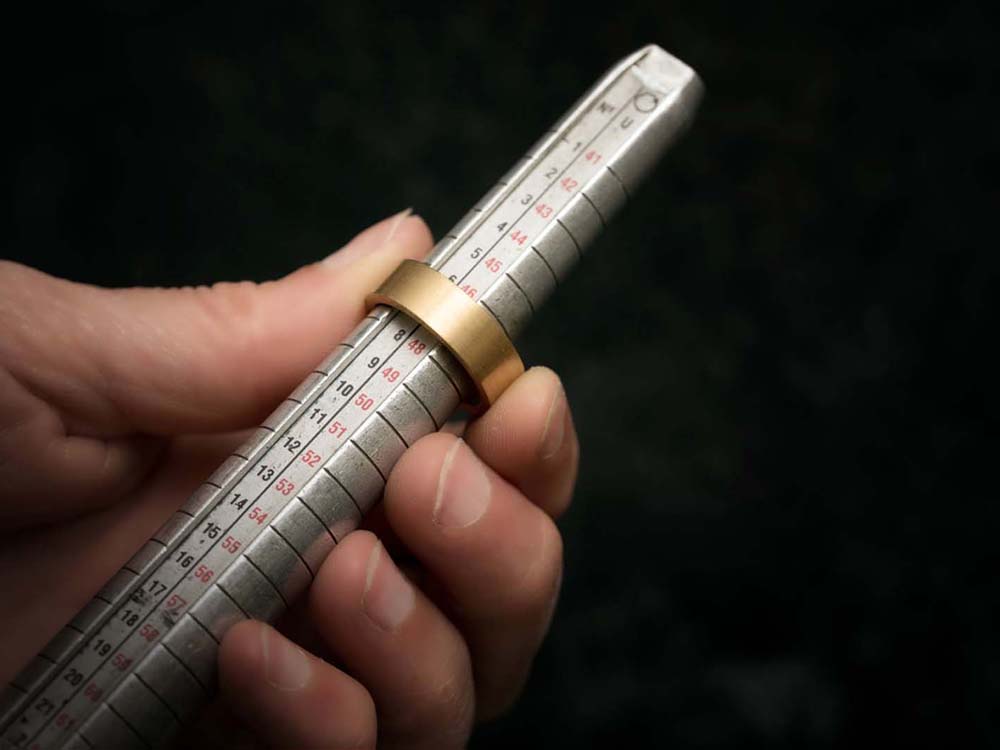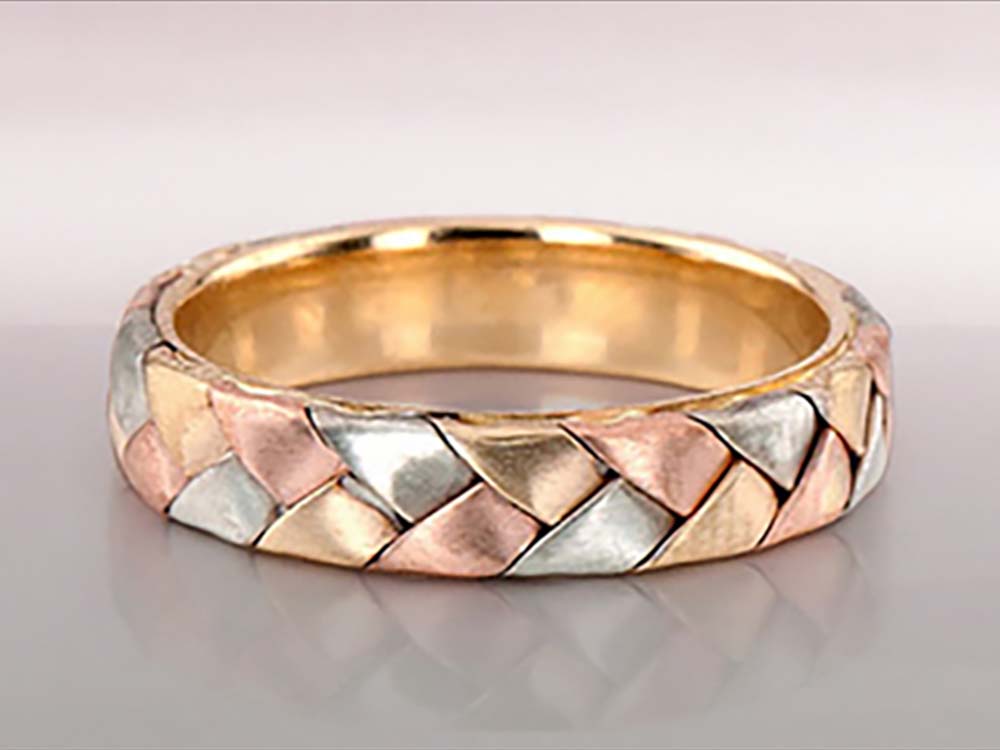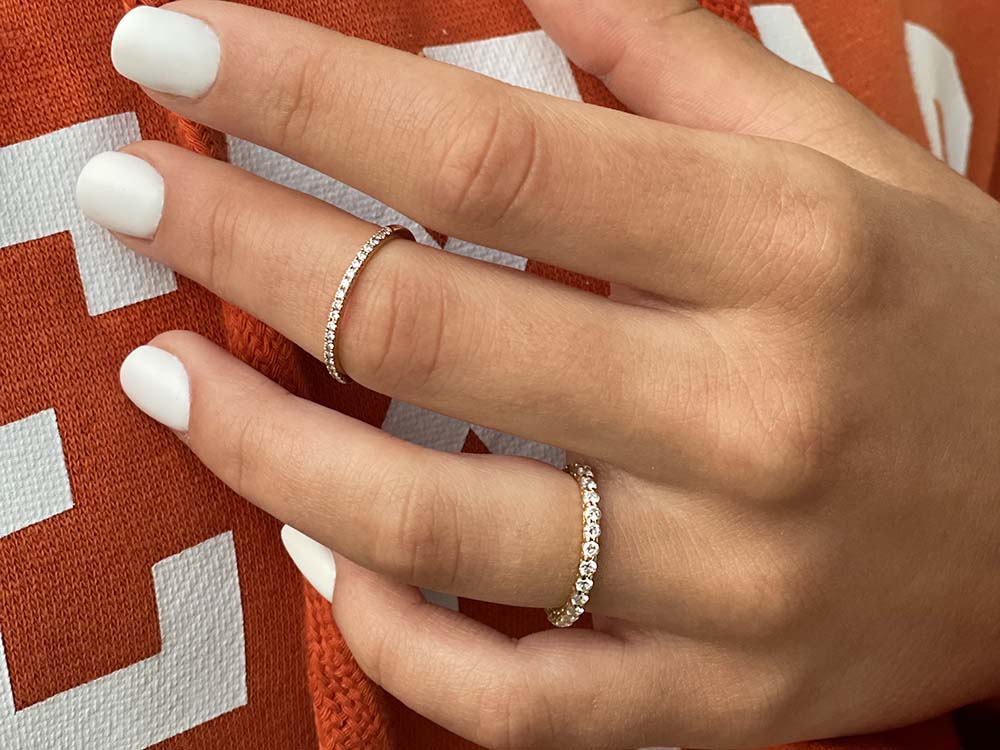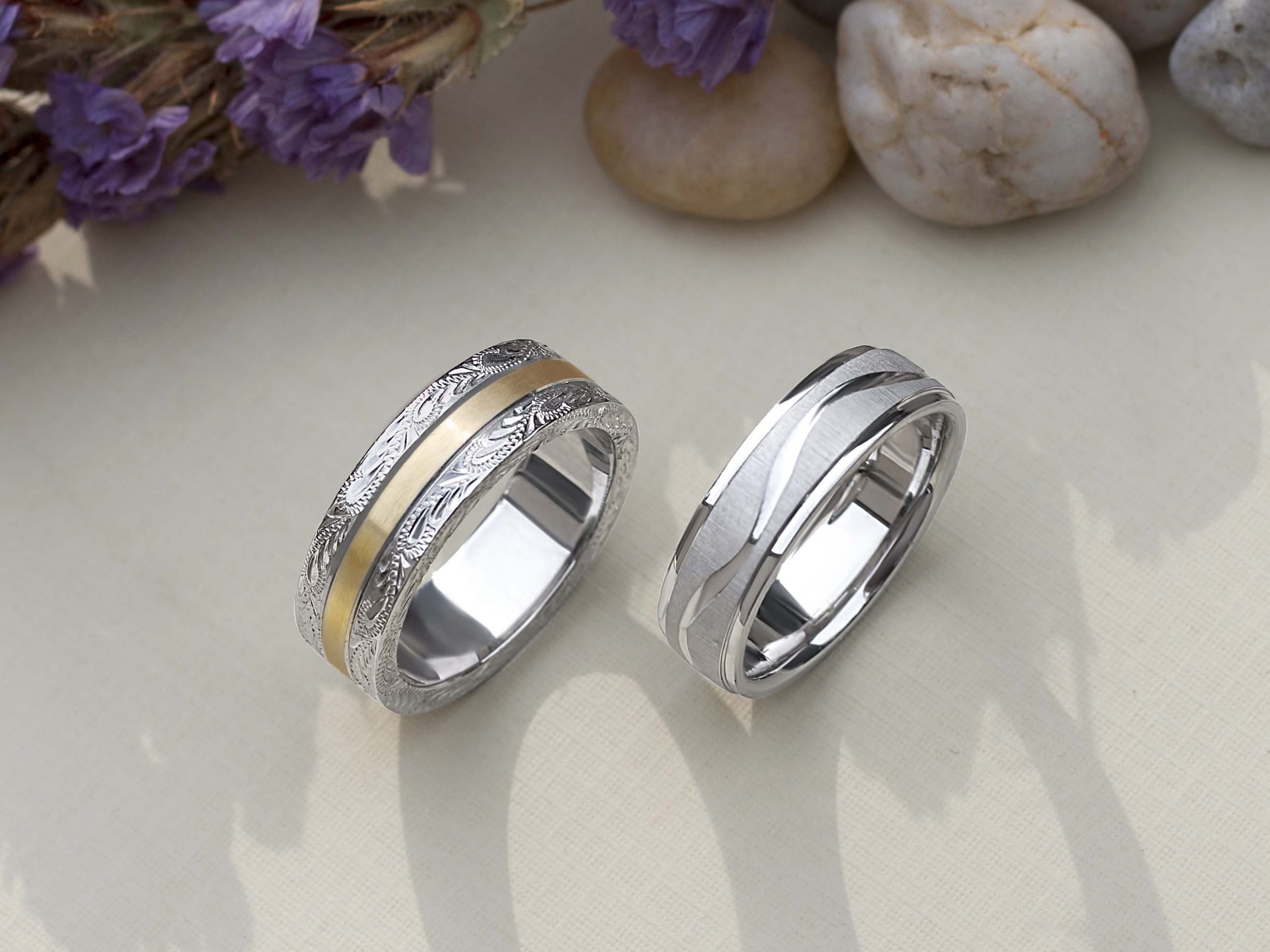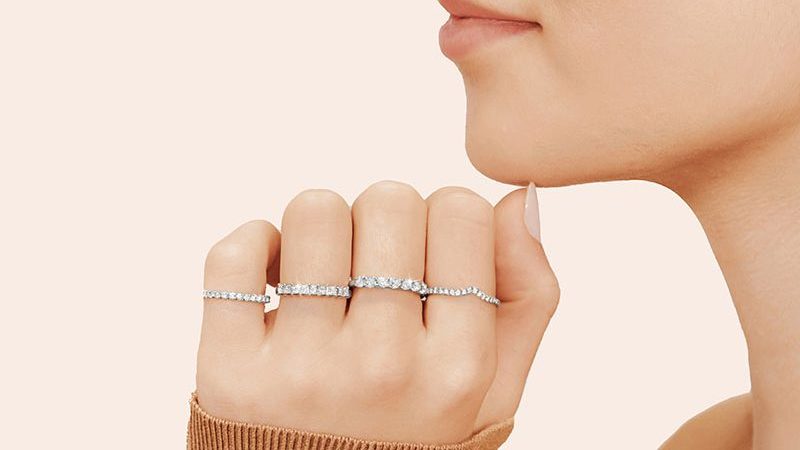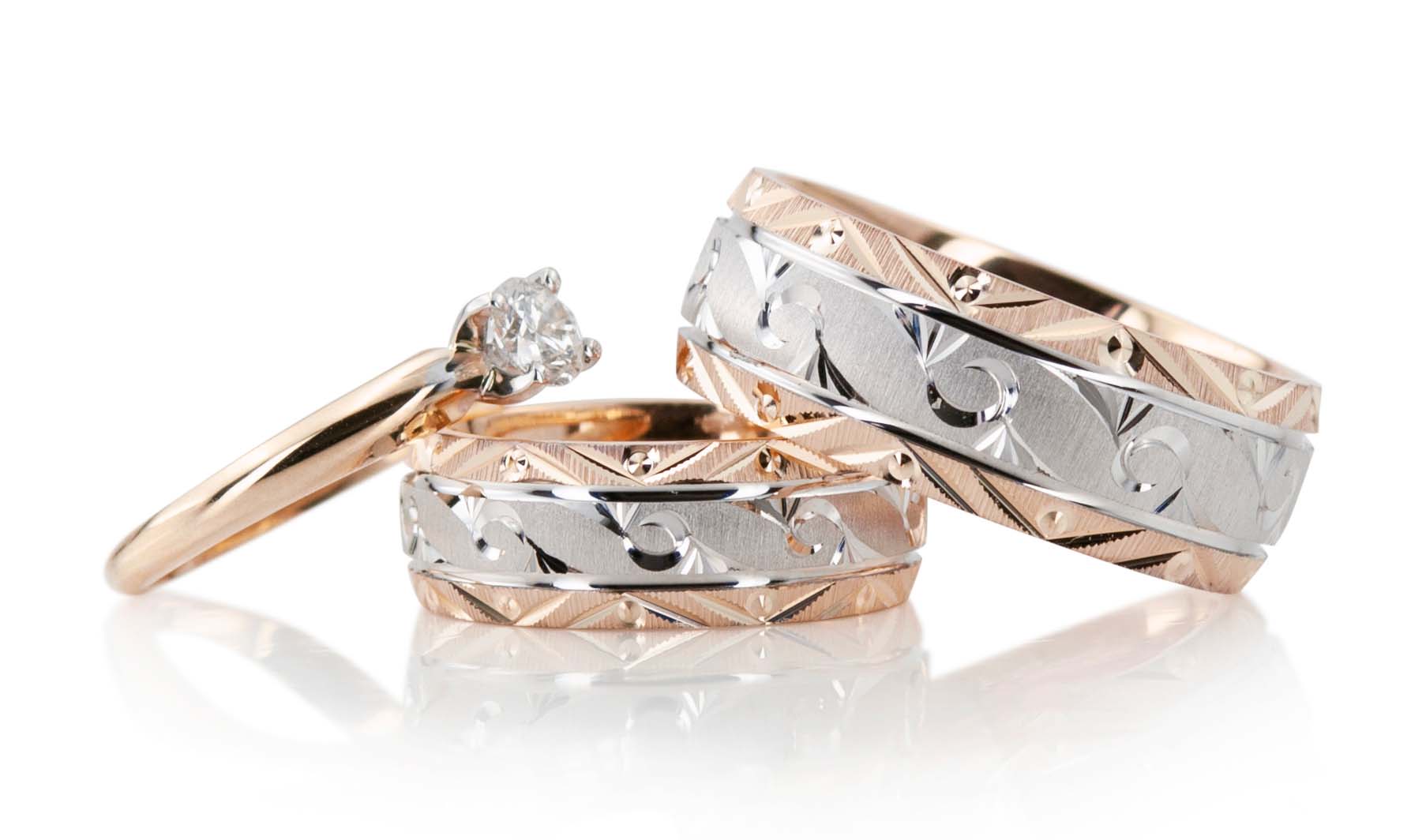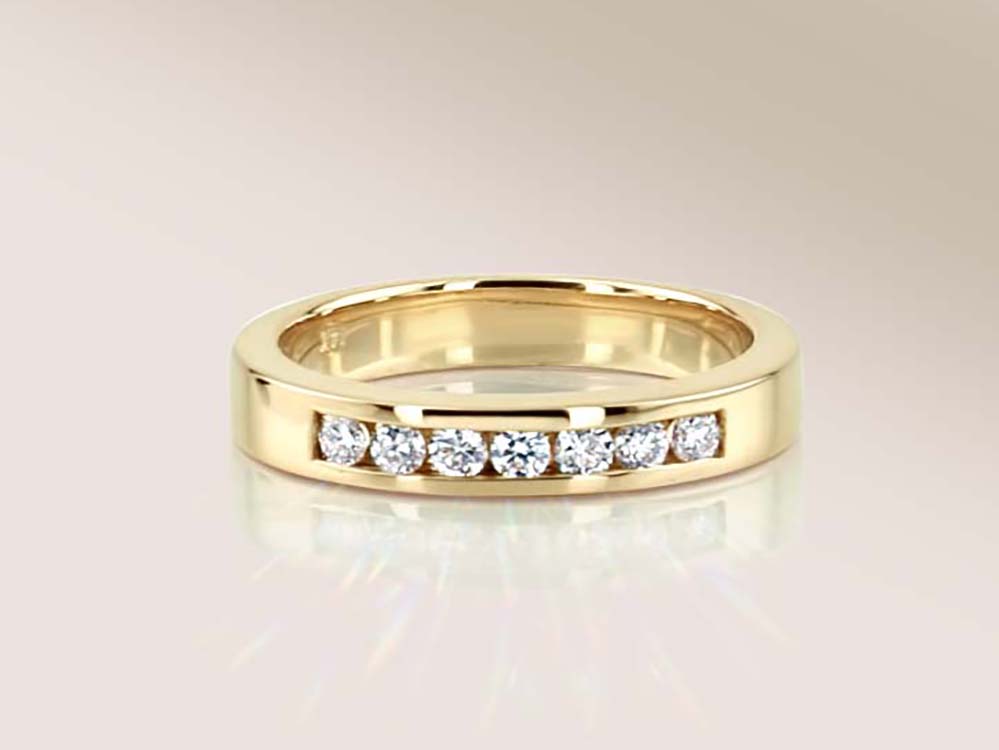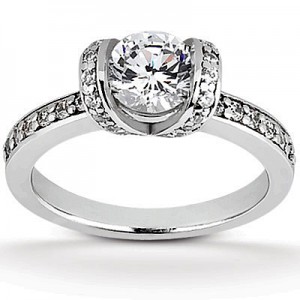
However, if you don’t know diamond engagement rings from a baseball diamond, then you could use a few pointers from 25karats that will help you ensure that whatever diamond ring you purchase, it will be of the highest-quality and impeccable standards…
…just like that of your sweetheart!
Diamond Engagement Ring Cuts. Getting the perfect diamond engagement ring cut can make all of the difference to your future fiancée. Remember, this is the perfect engagement ring that she’s been dreaming about since she was a little girl – and you want to ensure that you get it right!
There are a multitude of cuts available to the ring shopper – however, they can all be broken down into three categories: the step cut, the brilliant cut and the mixed cut. The step cut has simplistic incisions made into the face of the diamond, which gives off the appearance of steps (hence the name). This kind of cut gives a romantic vintage look to the diamond, and is popular with stone-shape styles like the emerald, or rectangular, shape.
The brilliant cut creates a multitude of facets within the diamond, which maximizes the amount of light that the stone reflects; hence, this cut is immensely popular with those who love to optimize the sparkle in their gemstones. Common shapes within this category include the classic round, solitaire and oval diamond engagement rings.
Finally, the mixed cut combines the step and brilliant cuts to form a breathtaking and gorgeous diamond engagement ring. By combining these cuts, the mixed cut minimizes any flaws within the diamond while maximizing the brilliancy of the gemstone. The most common shapes for this cut include the ever-popular princess shape, trillium and heart-shaped diamond engagement rings.
The Four Cs. Besides the cut of the perfect engagement ring, you’ll need to consider the next three of the four Cs of your diamond: color, clarity and carat. Once you’ve chosen the cut, these other three factors determine the final price and quality of the potential diamond purchase. To further understand these factors, let’s break them down into their respective categories:
Remember, you don’t have to be an experienced jeweler to determine these important diamond factors; insist on a diamond grade certificate from a reputable gemological lab (such as GIA or EGL), as all of the relevant diamond ratings will be shown on the certificate.
Diamond Engagement Ring Settings. The setting of the ring will play a big role in how much your sweetheart will love her unique engagement ring, as there are many different designs out there. We’ll explore some of the more popular settings:
There are many other setting styles out there – be sure to have a friend clue you in on which one your future fiancée has been dreaming about!
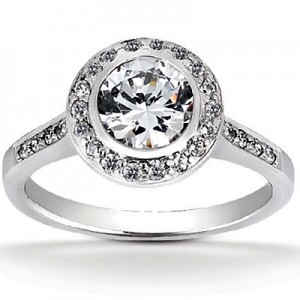
Remember, you don’t want the metal of the band to upstate the diamond; rather, it should protect, highlight and supplement whichever diamond style and setting you use. Platinum and palladium represent the most popular kinds of metals, as these are strong yet gorgeous metals protect the diamond while highlighting its clarity and color. White-gold metal has a strong resemblance to platinum and is considerably cheaper, although it’s not as strong.
Finally, traditional yellow gold can be used with an engagement ring, although this gives the best results for colorless diamonds – yellow gold can highlight any yellow imperfections that a diamond might have.
Choosing an elegant, gorgeous and perfect engagement ring for the love of your life can be a thrilling and wonderful experience.



